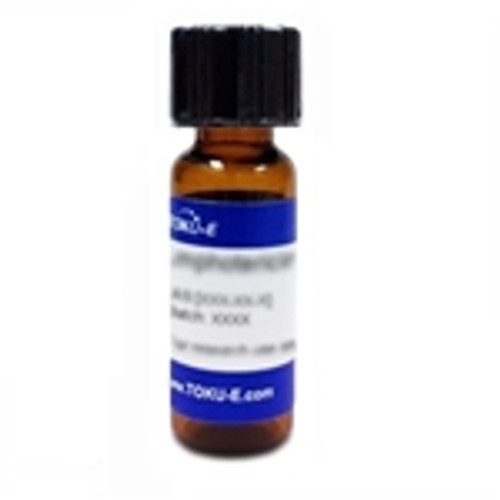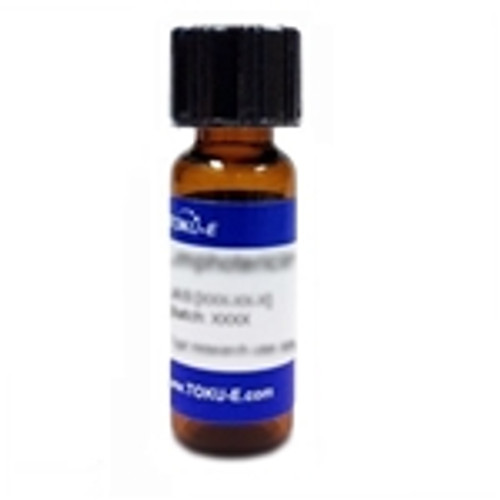Mitomycin C is a bacteriocidal methylazirinopyrroloindoledione antineoplastic antibiotic isolated from Streptomyces spp. Mitomycin C can be used as an inhibitor for cell-free protein biosynthesis research. In addition, Mitomycin C is an efficient crosslinking machine, and it could be used to imagine new synthetic or semisynthetic compounds that imitate this function.
We also offer:
- Mitomycin ReadyMadeTM Solution (M122)
| Mechanism of Action |
Mitomycin C is activated by reduction in vivo , generating oxygen radicals which produce crosslinks in DNA by alkylation. The Mitomycin C itself does not react with DNA. Rather, upon reduction of the quinone, a transformation ensues, and the aziridine ring opens to product the unstable vinylogous quinone methide 2, which has high alkylating reactivity. It has high efficiency and specificity for CpG sequences, and these sequences are very rare in the mammalian genome, thus mammalian DNA is crosslinked relatively poorly. This mechanism ultimately inhibits DNA synthesis. It can also cause mutagenesis and stimulate genetic recombination, chromosome breakage, and sister chromatid exchange. |
| Spectrum | Mitomycin C is broad-spectrum, effective for Gram-negative and Gram-positive bacteria. |
| Cancer Applications | The antiproliferative effects of Mitomycin C were demonstrated via its inhibition of the progression of dermal Kaposi's sarcoma post renal transplant. Since only 5% of all guanines in the mammalian genome are present in CpG islands, it isn’t optimally designed for killing tumor cells. However, retaining this cross-linking ability but altering the sequence specificity could allow the design of more efficacious anti-tumor activity (Tomasz, 1995). |
| Molecular Formula | C15H18N4O5 |
| References |
Renault J, Baron M, Mailliet P (1981) Heterocyclic quinones.2.Quinoxaline-5,6-(and 5-8)-diones - Potential antitumoral agents. Eur. J. Med. Chem. 16(6):545–550 Mao Y, Varoglu M and Sherman DH (1999) Molecular characterization and analysis of the biosynthetic gene cluster for the antitumor antibiotic mitomycin C from Streptomyces Iavendulae NRRL 2564. Chem. and Biology 6(4): 251–263 Tomasz M (1995) Mitomycin C: Small, fast and deadly (but very selective). Chem. Biol. 2(9):575-579 PMID 9383461 |








